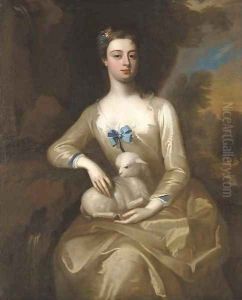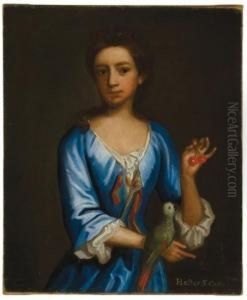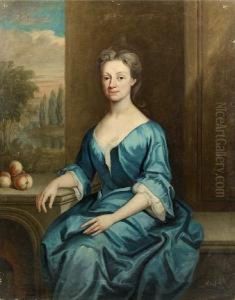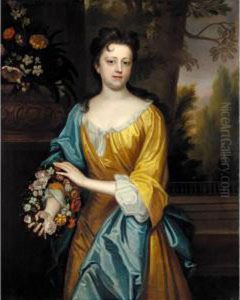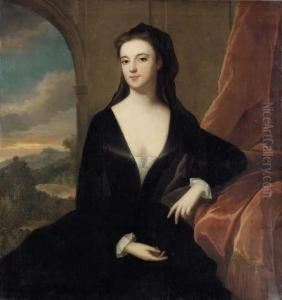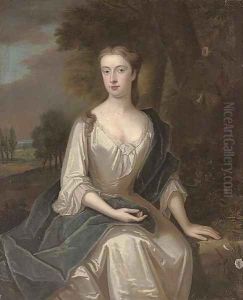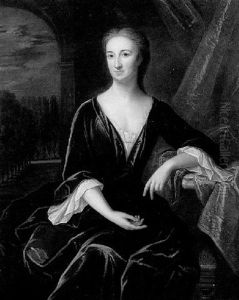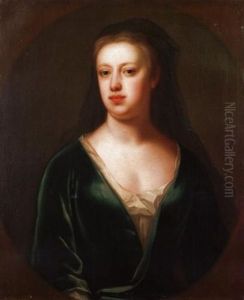Maria Verelst Paintings
Maria Verelst was a notable figure in the world of 18th-century art, renowned for her exceptional skill in portrait painting. Born in 1680 into the Verelst family of artists, Maria was part of a dynasty that made significant contributions to the art scene in both the Netherlands and England. Her grandfather, Pieter Hermansz Verelst, and her father, Herman Verelst, were both distinguished painters, indicating that artistry ran deep in her lineage. This environment nurtured her talents from a young age, providing her with a rich foundation in the arts.
Maria Verelst moved to England in the early 18th century, where she quickly established herself as a prominent portraitist among the British aristocracy and gentry. Her ability to capture the likeness and character of her subjects with acute sensitivity and a refined aesthetic made her works highly sought after. Verelst's paintings were celebrated for their detailed execution, vibrant colors, and the lifelike representation of textures, particularly in fabrics and jewels, which added a luxurious quality to her portraits.
Despite the challenges faced by women artists in securing commissions and gaining recognition in the male-dominated art world of her time, Maria Verelst achieved considerable success. She attracted a distinguished clientele, including members of the British royal family, and her works were exhibited in prominent venues. Her portrait of Catherine of Russia is among her noted works, showcasing her ability to engage with high-profile figures of her era.
Maria Verelst's contribution to the art world extended beyond her individual achievements. She was part of a larger movement of women artists who gradually began to break through the barriers of the art establishment, paving the way for future generations. Her legacy is reflective not only of her artistic talent but also of her role in challenging the gender norms of her time.
Maria Verelst's death in 1744 marked the end of a distinguished career, but her works continue to be appreciated for their beauty and historical significance. Her paintings are preserved in various collections and museums, serving as a testament to her skill and the indelible mark she left on the world of art.
